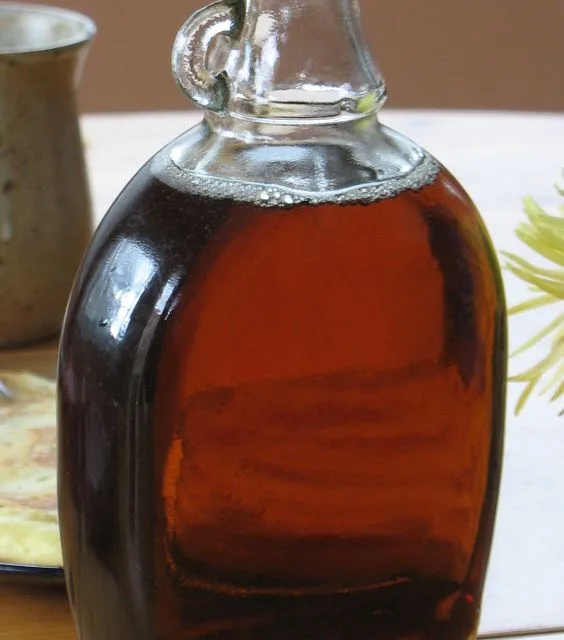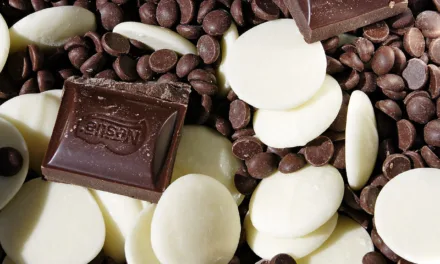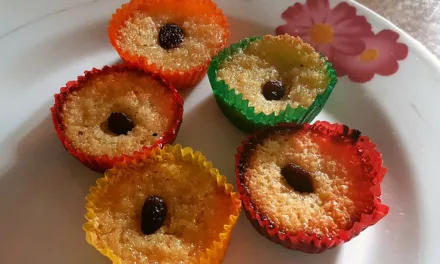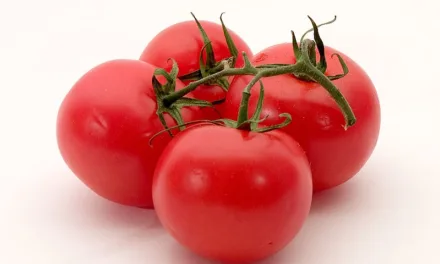Maple syrup is a sweet, viscous liquid made primarily from the sap of sugar maple trees. It has a distinct, rich flavor with varying degrees of sweetness, depending on the grade and production process. The process of making maple syrup involves tapping the trees in late winter or early spring when the temperatures fluctuate between freezing at night and thawing during the day.Here’s an overview of the production process:
- Tapping: Small holes are drilled into the sugar maple trees, and spouts or taps are inserted to collect the sap that flows out. This typically happens in late winter or early spring.
- Sap Collection: The sap collected from the trees is clear and watery, with a slightly sweet taste. It’s then collected either by hanging buckets or through a network of tubing that transports the sap to a central collection point.
- Boiling: The collected sap is then heated and boiled down in large evaporators. As the water content evaporates, the sap thickens and reduces in volume, concentrating the sugars and flavors. This process can take several hours, depending on the quantity of sap and desired consistency of the syrup.
- Grading: Maple syrup is graded based on color and flavor profiles. The grades often include Grade A Light Amber, Grade A Medium Amber, Grade A Dark Amber, and Grade B. The grading system may differ slightly between regions.
- Filtering and Bottling: After reaching the desired consistency and flavor, the syrup is filtered to remove impurities and then bottled while it’s still hot to maintain its quality.
Maple syrup is commonly used as a natural sweetener for pancakes, waffles, oatmeal, and various desserts. It can also be used in marinades, glazes, and salad dressings to impart its unique flavor. Besides its culinary uses, maple syrup contains various antioxidants and nutrients, making it a preferred alternative to refined sugars in some diets due to its more natural composition.
Image from Wikipedia






Recent Comments